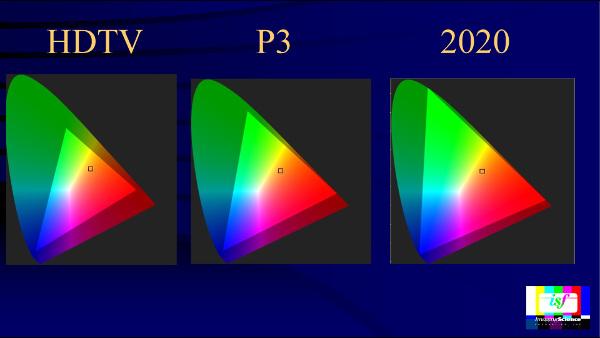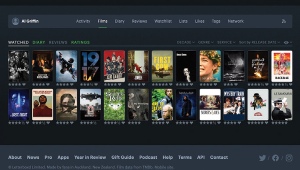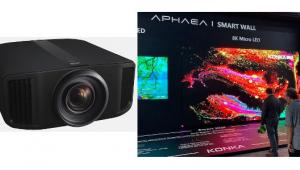I had read Tom's blog 'Colors in Space at least four times so as to familiarize myself with the technical aspects as I am a layman A/V enthusiast. Both Tom's blog and now Rob's further clarification on Color Gamut are a gold mine for all of us who want to be well inform without getting bogged down on technical data and jargon.
S&V you continue the excellent legacy of Stereo Review.
My forty years following your publication have been highly enjoyable.
Now that new content is available on a daily basis, through your web page, its become an addiction.
I used to subscribe to half a dozen top publications in various fields.
Currently, just two remain NY Times and S&V.
Both remain at the pinnacle of their respective fields.
Thank you Rob

































































